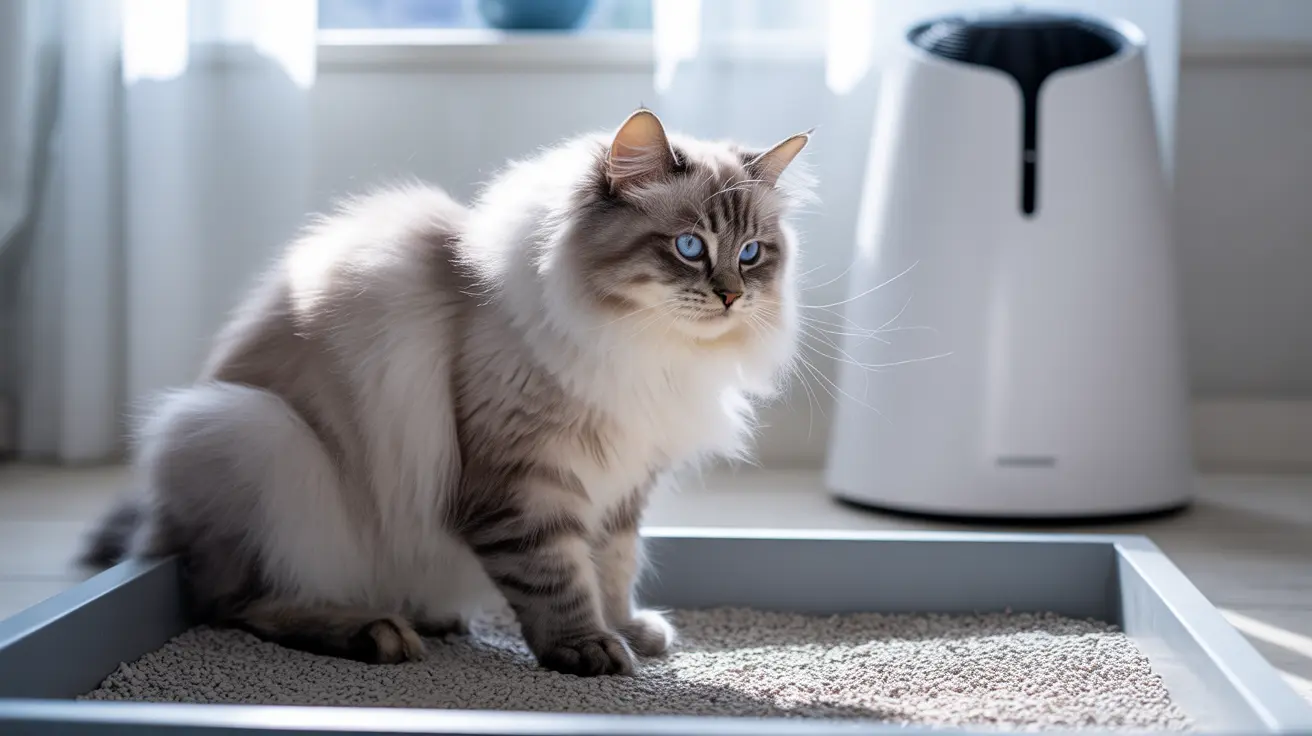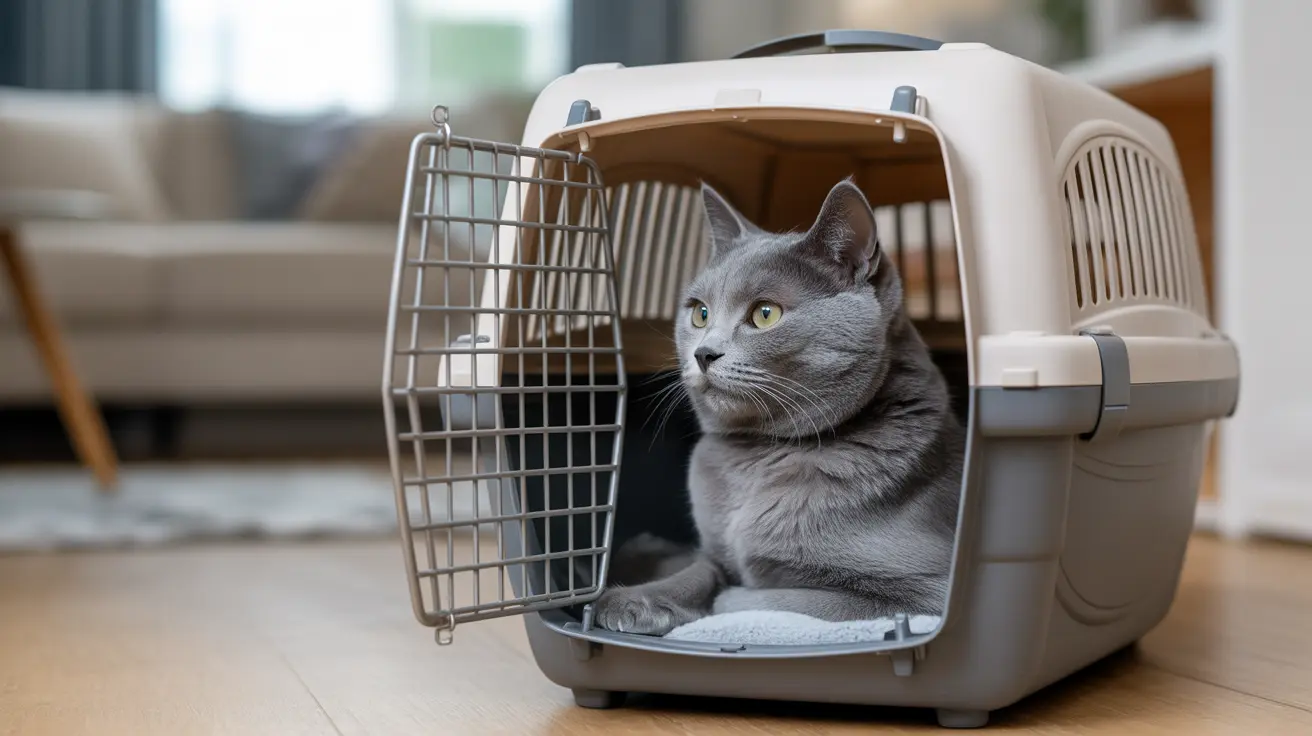Cats vs. Dogs: Key Differences Explained
Behavior and Social Structure
Cats and dogs both make wonderful companions, but their personalities couldn't be more different. Dogs, descended from wolves, have a pack mentality. They crave companionship, thrive on routines, and often shadow their owners throughout the day. If you leave a dog alone for too long, expect some separation anxiety or even mischief. Dogs greet you with wagging tails and excitement when you walk through the door.
Cats, on the other hand, evolved as solitary hunters. They're fiercely independent—happy to spend hours (or even days) alone as long as their needs are met. While cats can form strong bonds with people, affection is usually on their terms. Instead of exuberant greetings, you'll notice subtle signs of love: a gentle purr, a slow blink, or a brush against your leg.
Exercise and Play
Dogs need regular exercise—walks around the block, games of fetch, agility drills—to stay healthy and happy. Most breeds require 20–60 minutes of activity daily; larger or more energetic dogs may need even more. Without enough stimulation, dogs can become hyperactive or destructive.
Cats get their exercise in short bursts that mimic hunting: stalking toys, climbing shelves, or sprinting across the room at midnight. Playtime is important but less structured than with dogs; cats often amuse themselves when the mood strikes.
Training and Responsiveness
Training comes naturally to most dogs—they're eager to please and respond well to commands reinforced by treats or praise. You can teach them basic obedience or even complex tricks with patience.
Cats can be trained using food rewards or clickers but tend to be more selective about participating. They might follow a command if it benefits them at that moment; otherwise, they're likely to ignore you.
Communication Styles
- Dogs: Communicate through expressive body language (wagging tails, perked ears), vocalizations (barking, howling), and facial expressions.
- Cats: Use subtle cues—tail flicks, ear positions—and scent marking (with glands on cheeks/paws). Purring signals contentment; hissing or growling means annoyance.
Physical & Environmental Needs
Dogs generally need more space—especially large breeds—and benefit from access to outdoor areas for walks and bathroom breaks. If confined too long without stimulation or exercise, they may develop behavioral issues.
Cats adapt well to smaller living spaces like apartments as long as they have vertical territory (cat trees or shelves) and cozy spots to hide. Litter boxes make them easy to care for indoors; scratching posts help keep claws healthy.
Nutritional Requirements
- Dogs: Omnivores—can eat animal proteins plus some plant matter like grains or veggies.
- Cats: Obligate carnivores—require high animal-protein diets containing nutrients like taurine and arginine that they can't synthesize themselves. Cats also need preformed vitamin A and arachidonic acid from animal sources.
Cats need smaller meals more frequently than dogs do.
Grooming Habits
- Dogs: Require regular grooming—brushing (especially for long-haired breeds), bathing, nail trimming, dental care.
- Cats: Self-groom extensively by licking their coats; long-haired cats may need additional brushing from owners but rarely require baths unless soiled by something they can't clean off themselves.
Health Considerations
- Dogs: Prone to skin disorders, parasites (fleas/ticks), pancreatitis, lymphoma, arthritis; lack of exercise can cause joint/behavioral problems.
- Cats: Susceptible to inflammatory bowel disease, diabetes, asthma, immune deficiency syndromes (like feline leukemia), food allergies; rapid weight loss can cause fatty liver disease—a serious risk for cats not seen in dogs as often.
Sensitivity to Medications
Dogs' physiology is closer to humans', so some human medications are safe in small doses under veterinary guidance. Cats lack certain liver enzymes (like glucuronyl transferase) making them extremely sensitive—even tiny amounts of drugs such as acetaminophen can be fatal for cats.
Panting & Temperature Regulation
Panting is normal for dogs during heat or exertion—it helps cool them down. Cats rarely pant unless they're stressed or ill because they self-regulate activity levels to avoid overheating.
Dietary Flexibility & Vegetarianism
- Dogs: Can survive on carefully formulated vegetarian diets since they convert plant nutrients into what they need.
- Cats: Cannot live on vegetarian diets—they must consume animal tissue for essential nutrients not found in plants.
The Domestication Timeline
- Dogs: Domesticated up to 40,000 years ago for hunting/protection; developed strong human bonds over millennia.
- Cats: Joined humans about 12,000 years ago with the rise of agriculture—valued for pest control rather than companionship at first.
Lifespan & Cost of Care
- Lifespan: Cats usually live longer (late teens/twenties); average dog lifespan is about 10–13 years depending on breed/size.
- Cost: Dogs are generally costlier due to greater food needs, medical care expenses, training costs; cats are less expensive overall to maintain.





